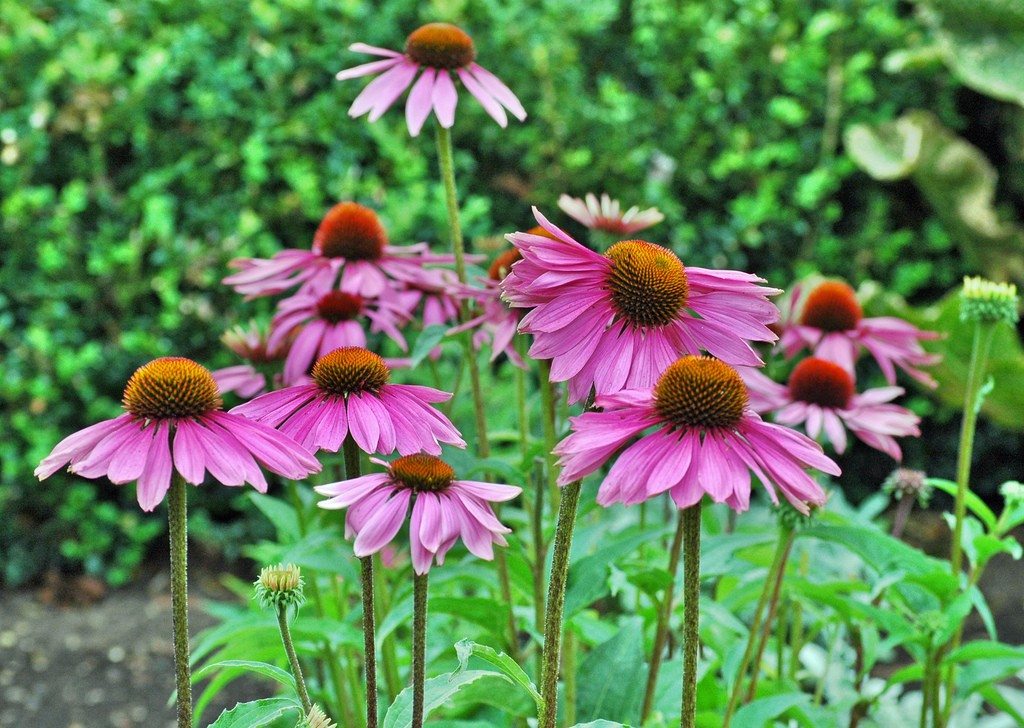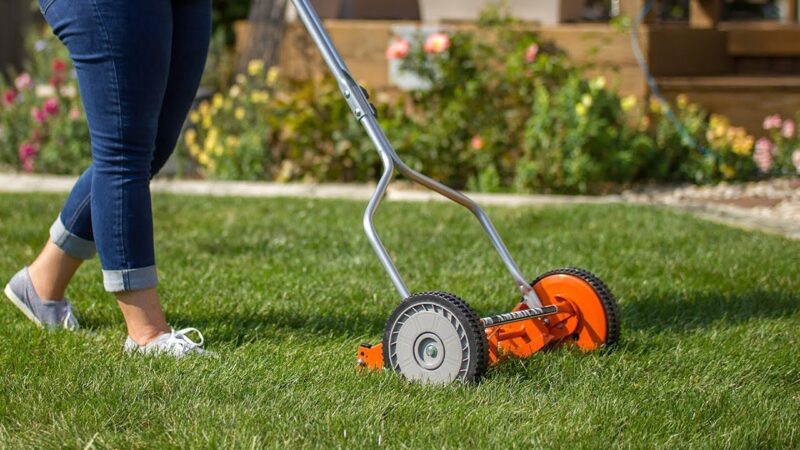How to Grow and Care for Coneflower

Coneflower, also known as Echinacea, is an American Native flower. The plant grows upright to bloom into a bright, attractive flower, adding beauty to your garden. They attract various butterflies, bees, pollinators, and sometimes the singing birds.
The genus name Echinacea is derived from Latin name echinus, which refers to a hedgehog. The word Echinus means the plant with a prickly lower stem. Coneflowers have a cone-shaped center that is full of its seeds; that’s how it got its name “Coneflower.”
Coneflower is drought-tolerant and can bear high heat, too, making it trouble-free to take care of. They are available in various attractive and mind refreshing colors.
Things To Know About Coneflower
- Family: Coneflower belongs to the daisy family.
- Height and spread: The plant grows up to 2 to 5 feet tall. It spread over 1 to 2 feet wide.
- Sunlight requirement: Coneflower plant requires full sunlight, can also tolerate medium shade.
- Bloom season: The plant blooms beautiful flowers from June to August and later.
- Flower color: Purple is the most well-known color of Coneflower. But they can be found in various shades of pink, orange, yellow, white, and green.
- Soil type: Loamy soil.
- Various types: Echinacea Purpurea, Echinacea Paradoxa, E. Pallida, E. Tennesseensis are some of the types of Coneflowers. Echinacea Purpurea is the well-known type of these flowers. These are mainly found in the U.S, and some of these are used for herbal remedies as well.
When To Plant Coneflower?

The best time to plant your Coneflower plant is in spring or early summer. If the Coneflower bought are small plants with bloomed flowers, it will take less time to grow.
The plant grown from seeds of Coneflower takes 2-3 years to start blooming flowers. The Coneflower plant is self-seeding, so never cut the plant, and you will soon have many Coneflower plants in your garden.
If you wish to divide or transplant the Coneflower plant, do it in spring or fall.
How To Plant Coneflower?

Plant the Coneflower 1-3 feet apart from each other, allowing them to spread wide without tangling into each other.
To plant a bloomed plant or a pot plant into the ground, dig a small hole with twice the diameter of the pot. Now put the plant into the pit. Make sure the top of the roots is grounded. Water the plant regularly, and your Coneflower plant is ready to give you beautiful flowers.
If you have Coneflower seeds, start with losing the soil to 12 inches depth. To add fertility to the soil, add compost to 2-3 inches in the pit. Add seeds in the pit. The seeds take 3-4 weeks to germinate. Keep watering the soil to see your plant growing. You will see true, delicate leaves in about 12 weeks.
Care Tips
The three tips to get perennial plants are watering the plant about few inches weekly; adding a light layer of compost to the plant to makes the soil fertile; cutting the plant in fall to improve its growth.
Make sure the distance between the plants is 2-3 inches, making the reseeding of the plant easy. Collecting the seed and planting them in specific positions makes the garden look clean.
Watering the plant properly, keeps the plant hydrated, and accelerates the growth of the plant too. Adequate watering gives the flowers a fresh look.
The Coneflowers have a cone-shaped center with lots of seeds, which attracts a lot of butterflies, insects, bees, and birds—sometimes singing birds also come to enjoy the flower.
The Coneflower plant gets affected by “aster yellow.” It is a viral disease caused by a phytoplasma, which comes with symptoms like deformed flowers, yellow leaves with green veins. The leafhoppers spread the disease over the plants. There is no cure for this disease. So, once you notice the symptoms, throw the plant away to protect other plants.
Use a bit of compost around the plant, but make sure you are not using excess fertilizers as it can abundant the leaves and foliage, resulting in a lack of flowers.





